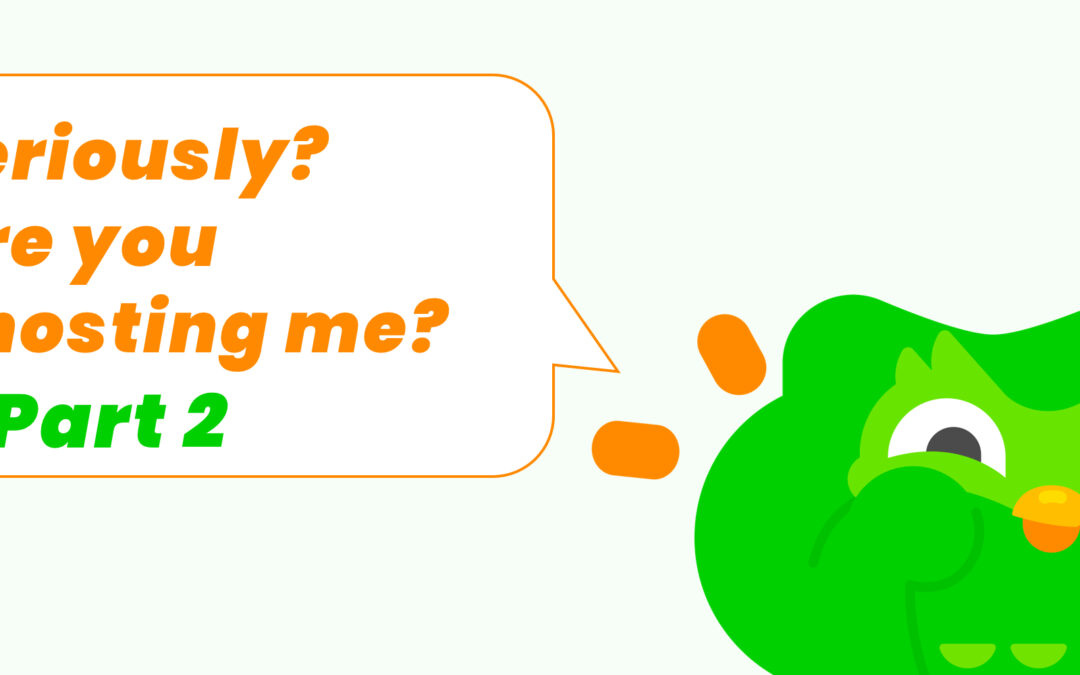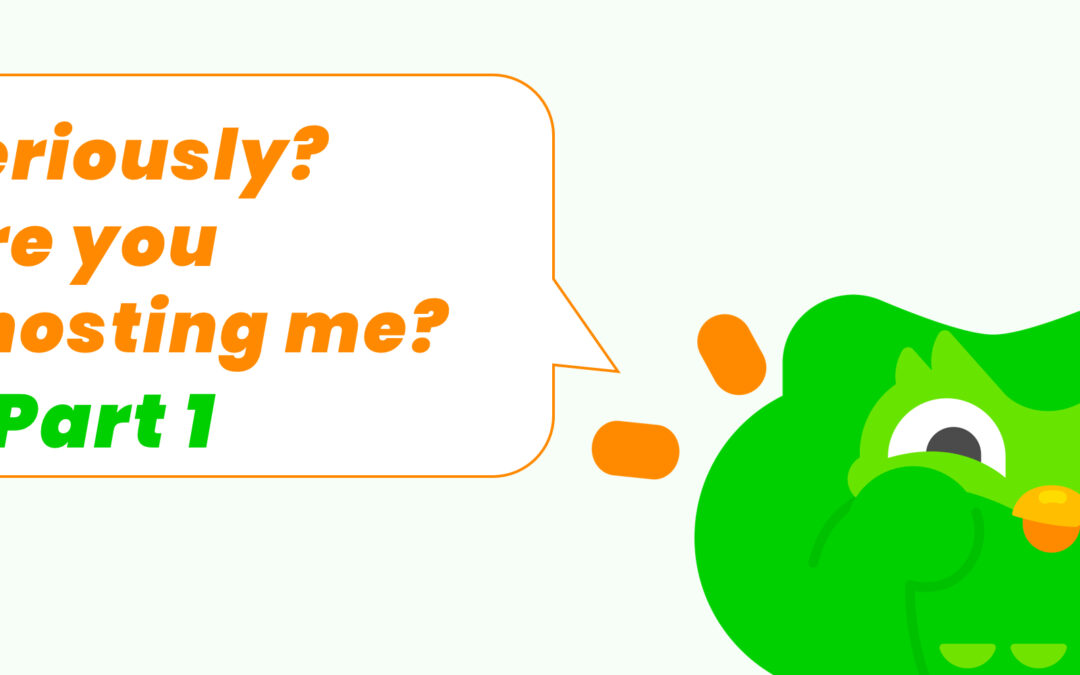As UX Designers, ethical design lies at the heart of what we do. That’s why we want to address an issue that has recently gained legal traction in the EU through the Digital Services Act (DSA): Deceptive Design Patterns, also widely known as Dark Patterns. Since 17 February 2024, most online platforms operating in the EU must comply with specific rules banning these manipulative interface practices.
What Are Deceptive Patterns / Dark Patterns?
The DSA defines Dark Patterns in its recitals as practices in online interfaces that are "designed to distort or substantially impair the ability of users to make autonomous and informed choices or decisions."
In simpler terms, these are deceptive design techniques intended to trick users into making choices that may not be in their best interest, but are beneficial for the service or platform provider.
What Exactly Does the DSA Prohibit?
Article 25 of the Digital Services Act prohibits online platforms from designing user interfaces in a way that misleads or manipulates users. However, this is where things become complicated, as the law employs intentionally vague terms that necessitate interpretation on a case-by-case basis. Expressions like: “Unduly prominently displayed”, “Excessively difficult”, “Deceptive default settings”...all leave room for debate.
- So, when exactly is something “unduly prominent”?
- When does a cancellation flow become “excessively difficult”?
- And when does a “default setting” cross the line into “deceptive”?
The DSA offers some examples—such as repeated prompts to make the same selection or deliberately complicated unsubscribe processes—but ultimately, the exact threshold is often unclear. A grey area, indeed.
Who Decides When the Line Is Crossed?
The DSA’s open-ended language allows for flexibility in addressing emerging manipulation techniques, but it also introduces inevitable ambiguity.
In practice, enforcement and interpretation fall to:
- National courts and supervisory authorities
- The European Commission, which may issue further guidance
- Consumer protection organisations, which can initiate legal action
Assessments are typically based on an objective standard: Would an average user’s ability to make a free and informed choice be significantly impaired? iCommon evaluation criteria include
- Level of effort required
- Clarity and comprehensibility
- Number of clicks
- Visual design choices
- Comparison with alternative options
- Observable effects on user behaviour
Ultimately, the decision often relies on expert opinions, user testing, and comparisons with industry norms, creating both flexibility and legal uncertainty for designers and businesses alike.
What Does This Mean for Us as Designers?
We believe this legal "grey zone" presents both a challenge and an opportunity. On the one hand, it offers some room for interpretation. On the other hand, it forces all decision-makers—from product managers to executives—to take ethical design seriously. It pushes us to pause and ask:
- Are we helping users make informed, autonomous choices?
- Or are we nudging them towards decisions that serve the business model more than the user?
Final Thoughts
Yes, the Digital Services Act leaves room for interpretation when it comes to Deceptive Patterns. But rather than viewing this as a legal loophole, we see it as a call to action for designers, marketers, product owners, and leadership teams alike.
Because in the end, it’s not just about compliance or avoiding penalties. It’s about building long-term trust in a digital world where transparency and user autonomy are no longer optional, but essential pillars of any future-proof digital strategy.
Sources:
- VERORDNUNG (EU) 2022/2065 DES EUROPÄISCHEN PARLAMENTS UND DES RATES vom 19. Oktober 2022 über einen Binnenmarkt für digitale Dienste und zur Änderung der Richtlinie 2000/31/EG (Gesetz über digitale Dienste) (Language DE): https://eur-lex.europa.eu/legal-content/DE/TXT/PDF/?uri=CELEX32022R2065 (especially Recital No. 6, Article 25)
- Dark Patterns nach dem DSA (Language DE):: https://haerting.de/wissen/dark-patterns-nach-dem-dsa/
- The Digital Service Act (Language EN):: https://commission.europa.eu/strategy-and-policy/priorities-2019-2024/europe-fit-digital-age/digital-services-act_en




